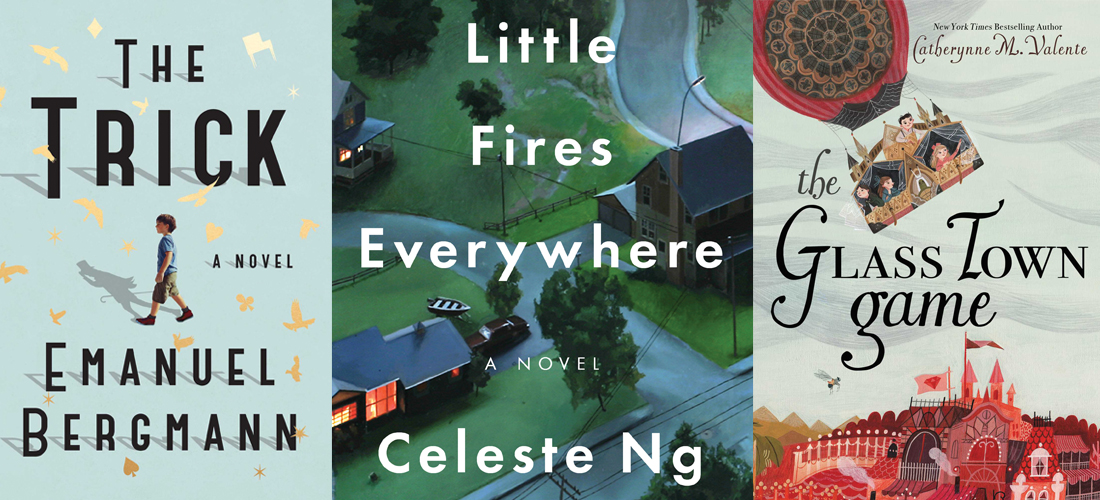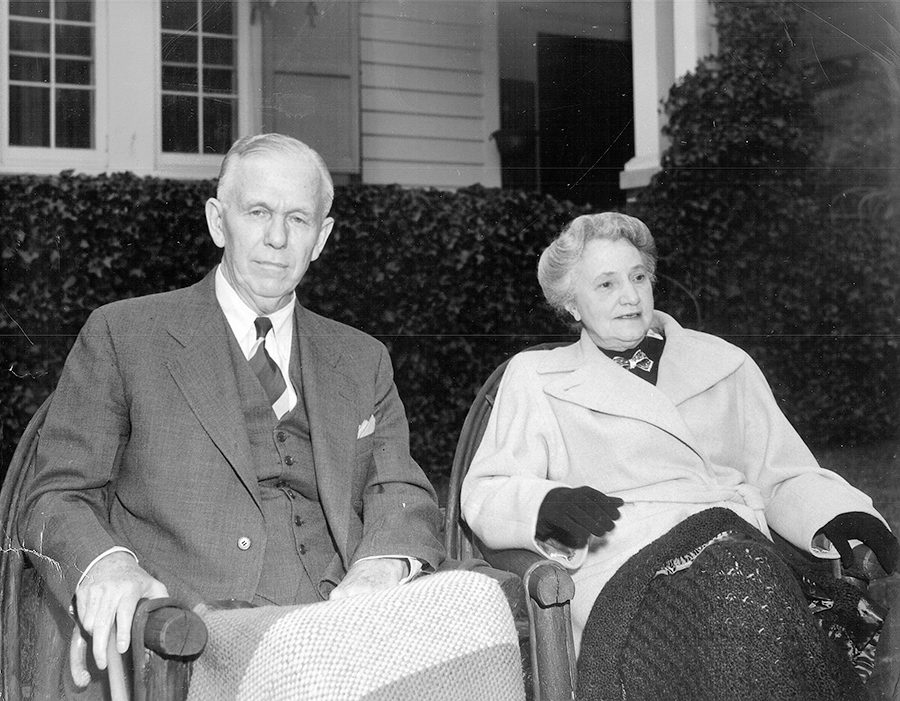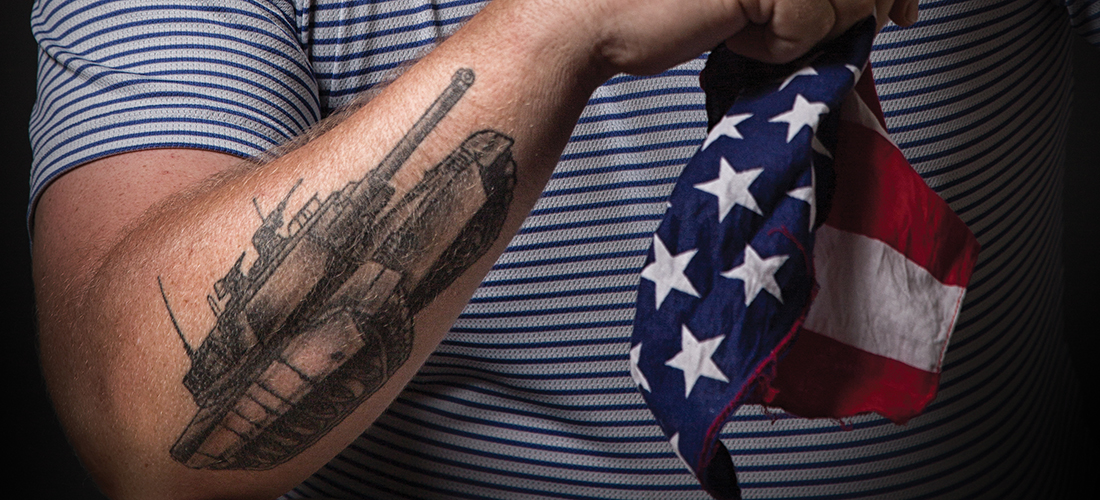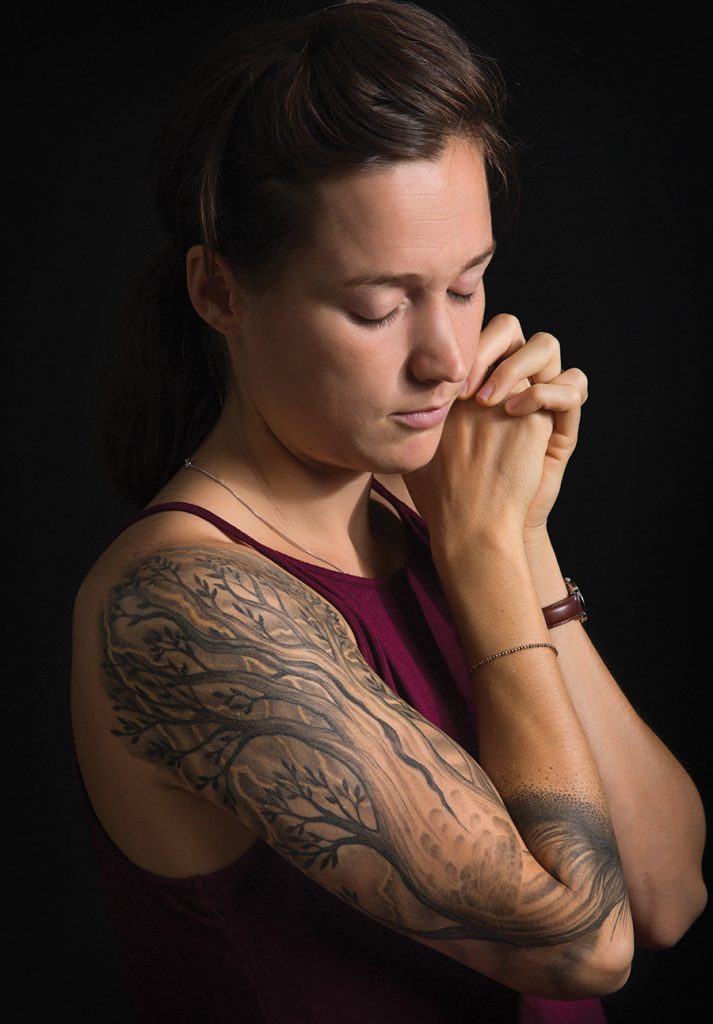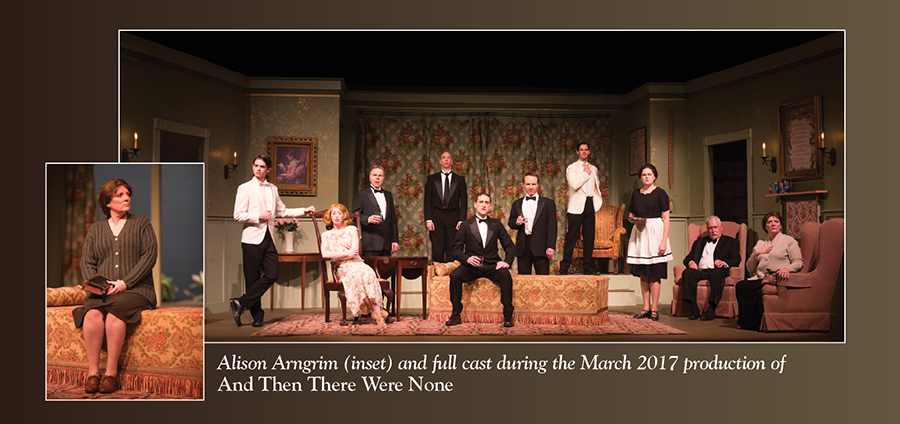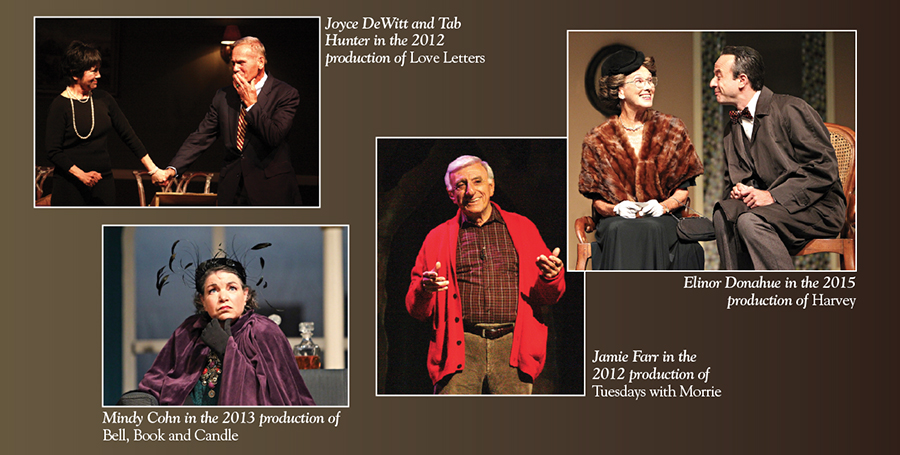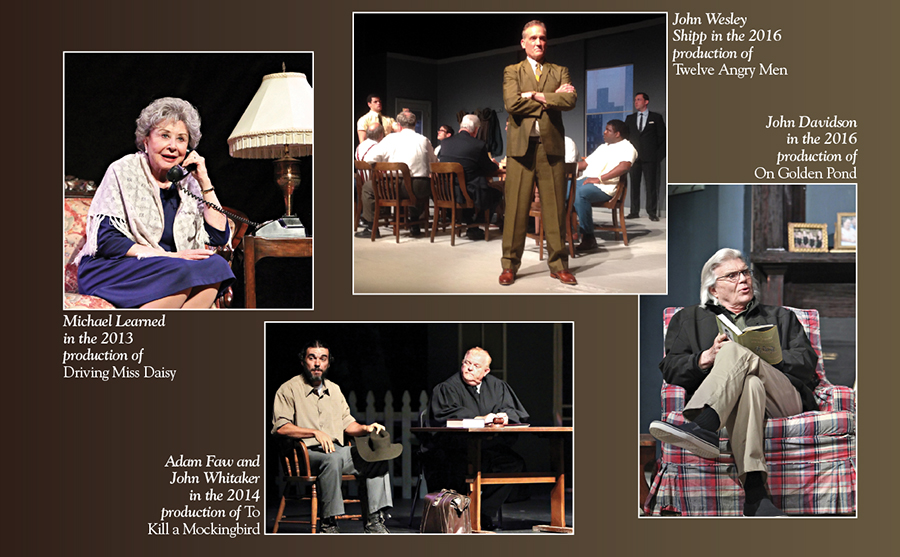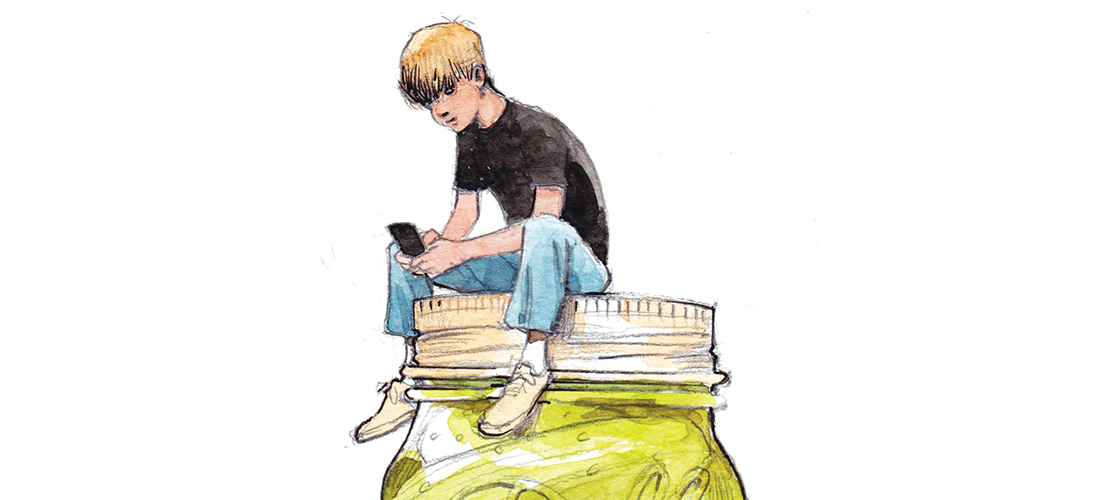A Parade of Summer Memories
Recognizing a near-perfect dove hunt and a trip down memory lane
By Tom Bryant
The storehouse of our memories is like an unused room in which we lay aside the odds and ends of many treasured things. — Roland Clark, Gunner’s Dawn
Opening day of dove season was a week away and I was up in the “Roost,” our little garage apartment where I do my writing and keep out of the way of Linda, my bride. I was sorting through gear in preparation of the coming season and putting up a plethora of fishing paraphernalia from our last adventure. In late August it’s usually too hot to fish — witness a trip to Huntington Beach from which we’d just returned. It had been a smoker, in the high 90s most days with a heat index, as the Weather Channel people like to say, in the triple digits. Anyhow, it had been too hot to do much of anything except hang out in the air-conditioned little Airstream, read, and nap. We would venture out in the evening for a walk on the beach, and we did make a couple of trips down to Georgetown for lunch to eat grouper sandwiches at The Big Tuna, one of our favorite hole-in-the-wall restaurants. I had made a start on cleaning up the “Stream” but still had a way to go. The air conditioner had given us a small problem on this last day of this trip. It refused to cycle from cold to fan, but I had hopes that it was caused from constant use and was nothing too troubling or expensive to fix. I was thinking about all of this as I wiped down my favorite dove gun, a sweet little 28-gauge Remington 870. I love her in the field because she’s light and easy to handle. Oh well, I thought, I’ll finish my cleaning chore tomorrow. Right now, it’s all about dove hunting.
I’ve been in the woods every opening day for as far back as I can remember and have memories of hunts, good and bad, from those many years. In the far corner of the roost was another of my bird guns and the one with which I’ve had the most success. It’s a Browning 16-gauge over and under, a Christmas present from Linda. I put the 870 aside and broke the Browning down for cleaning. “Hey there, babe, you remember that first hunt when you showed me what you could do?” I’ve started talking to inanimate objects and myself as I’ve grown older. Linda often admonishes me about it and says she hopes I don’t do it in public. “Only when standing in line at Walmart,” I reply. I’ll not forget the first time I hunted with the 16-gauge. Edwin Clapp, the squire of Siler City (the moniker several of his friends and fellow hunters gave him), called me late one evening after Christmas. The conversation went something like this: “Hey Bryant, get your stuff ready and be at my house in the morning at 10 o’clock. I’ve got a dove field that’s eat up with winter birds. The regular crowd will be here. Oh, bring plenty o’ shells. I remember the last shoot you had up here.” As you can tell, I get little respect from my good hunting buddies.
The next afternoon found me, along with my little yellow Lab, Paddle, stationed beside a giant dead oak tree bordering a blown-down cornfield, the victim of a late storm that blew in off the Atlantic and laid waste to the farmer’s fall harvest effort. The corn was flattened on the ground so badly there was no way it could be gathered. Bad luck for the farmer but great luck for us as we locked and loaded and waited on the dove flocks that Edwin promised were sure to come. And come they did. I made a double with my first shots from the Browning. I looked down at the brand new gun and said to her, “Looks like we’re really going to get along.” Paddle came back with the first bird, and I sent her after the second that had fallen behind the dead oak. She loped back with it, and I could see her almost smiling as if to say, “Hey boss, this is gonna be a good day.”
And a good day it was. In short order, I had a limit of doves with only one miss. In all my recollections, it was the best day of dove shooting I’ve had. On the way out of the field, even Edwin said, “Good shooting, Bryant. Let me see that gun.” Good memories. I put the Browning aside and sorted random shells that I keep in an old military ammo box. I bought the box at an army surplus store on one of our many forays to the beach. The store was at an out of the way little town somewhere Down East, I honestly can’t remember where, but it reminded me of our last return trip from Huntington.
In the first place, I try to avoid traveling to or from the beach on a Saturday. This is the day the coastal resorts turn over; everybody who is at the beach vacationing for a week returns home, and those going to the beach for a week make the trip. Our air conditioning problem forced us to leave a day early, so we were caught in the Saturday transition. We resigned ourselves to grin and bear the traffic, and as my mom always says, take the bad with the good, which is what we did until we reached the picturesque little town of Fair Bluff. Fair Bluff rests on the banks of the Lumber River, and the farming community is known in that part of North Carolina for its giant watermelons in the summer and sweet potatoes in the fall. As we approached the turn that would take us down Main Street and then our route home, a deputy sheriff had the main road blocked and directed us to a small, one-lane street that was parallel to, but not near, our regular route. In the process of following the officer’s direction, we met oncoming traffic that forced us to turn right. This turn put us at the end of the area’s Watermelon Festival parade which we joined much to Linda’s consternation. “We’re in the parade,” she said, slumping down in her seat. “Look, people are waving.” There was a firetruck in front of us with red lights blazing and siren blaring. Towing the little Airstream, we fit right in with the festivities.
“There’s only one thing to do,” I replied. “Wave back,” which I did, not so much Linda. For some reason, she couldn’t get in the mood. I laughed all the way along the parade route until we soon reached the turn to the road we needed, and we bailed out of the parade and headed home.
Finishing up with the shotguns, I put them in their cases, buttoned up the ammo box and temporarily stored everything in a corner.
I thought back to our recent beach trip, and the quote from Roland Clark. This summer I was successful in making a couple more memories for the storehouse. “A nice way to end our last beach trip,” I said, talking to myself again. “They threw us a parade.”
Tom Bryant, a Southern Pines resident, is a lifelong outdoorsman and PineStraw’s Sporting Life columnist.



